
Why do we need traditional livestock breeds?

Swiss scientists along with farmers are working against the clock to save traditional breeds before they disappear in favour of more productive cash cows. Whether in Europe or Africa, traditional livestock are more adaptable to local conditions and environmental challenges.
Over the last decade, Swiss dairy farms have managed to generate more milk despite raising fewer cows. It’s easy to see why: according to the Federal Statistics OfficeExternal link, the average Swiss cow produced 4kg more milk per day in 2013 than in 2000.
Part of this productivity increase is thanks to selective breeding, which allows farmers to favour certain traits in their livestock. But selective breeding is not without its drawbacks: over time, too much focus on productivity can lead to other genetic traits being phased out – including those that make traditional breeds uniquely adapted to their local environments.
“Many breeds of Swiss origin are endangered because they are not as productive as modern breeds,” Catherine Marguerat of the Swiss agriculture ministry tells swissinfo.ch.
“[Traditional] breeds are very valuable for Switzerland regarding the danger of future changes in the environment. These breeds are usually very robust, and might have genes that allow them to cope better with new environmental challenges.”
A developing problem
Humans have been domesticating animal species for centuries, but the concept of a ‘breed’ was only born about 200 years ago, when farmers started selecting certain animals based on physical traits that made them more valuable as livestock.
Stéphane Joost, a researcher at the Swiss Federal Institute of Technology Lausanne (EPFL), estimates that during the 20th century, about 16% of livestock breeds died out and 15% became endangered as a result of selective breeding.
Joost, the leader of a recently publishedExternal link European Science Foundation (ESF) research project chaired by EPFL called Advances in Farm Animal Genomic ResourcesExternal link, says that maintaining the genetic diversity of traditional livestock breeds is a more urgent problem in developing countries than it is in industrialised nations like Switzerland.
With the promise of short-term productivity, many rural farmers prefer “cosmopolitan” breeds, rather than locally adapted livestock. But non-native animals often die because they are poorly adapted to the local climate, and are vulnerable to local diseases.
For example, cattle in Burkina Faso are threatened by Trypanosomosis – a parasitic infection transmitted by the tsetse fly that causes wasting and death in up to a million livestock animals each year. Cows of the native Baoule breed carry genetic resistance to the disease, while Asian Zebuine are very susceptible – but much larger and therefore favoured for their draught power and superior meat and milk production.
An international team of researchers studiedExternal link the two breeds’ genetics, as well as local farmers’ efforts to combine them, to understand how best to retain both the disease tolerance of the Baoule, and the physical robustness of the Zebuine.
The FAO plans to publish the ESF project’s findings in both e-book and a print form to provide farmers in developing countries with access to this information.
Swiss tradition
Joost says that the ESF project’s research on livestock in Africa can also be applied to Switzerland.
“With global warming, for example, Switzerland and other Alpine countries will face conditions that are more severe than in surrounding lowland countries, because of its topography: many of our cattle, sheep and goats are in the mountains,” he says.
As the climate warms, Joost explains, the pasture grasses that make up the vast majority of a Swiss dairy cow’s diet will be forced to grow higher up the mountainsides, nearer to the rocky peaks. These grasses are expected to become scarcer and less nutritious in these arid, high-altitude habitats.
But the Evolène cattle from the Val d’Hérens in canton Valais wouldn’t bat an eye at this dietary challenge. The traditional Swiss breed, which today is endangered, has a hardy constitution and a thrifty metabolism that can easily thrive on limited supplies of food.
“It is a very important advantage to have robust, adapted breeds that are able to deal with the potential lower quality grass, but maintain a high level of production,” says Joost.
Alive and well
The Evolène have rebounded slowly in recent years thanks to conservation efforts by the non-profit ProSpecieRaraExternal link (French/German), and by independent breeders like Adrienne Stettler, who runs a picturesque farm in Utzigen, near Bern. Today, there are between 400 and 450 Evolène in Switzerland, of which 20 are owned by Stettler, who raises them for both meat and milk.
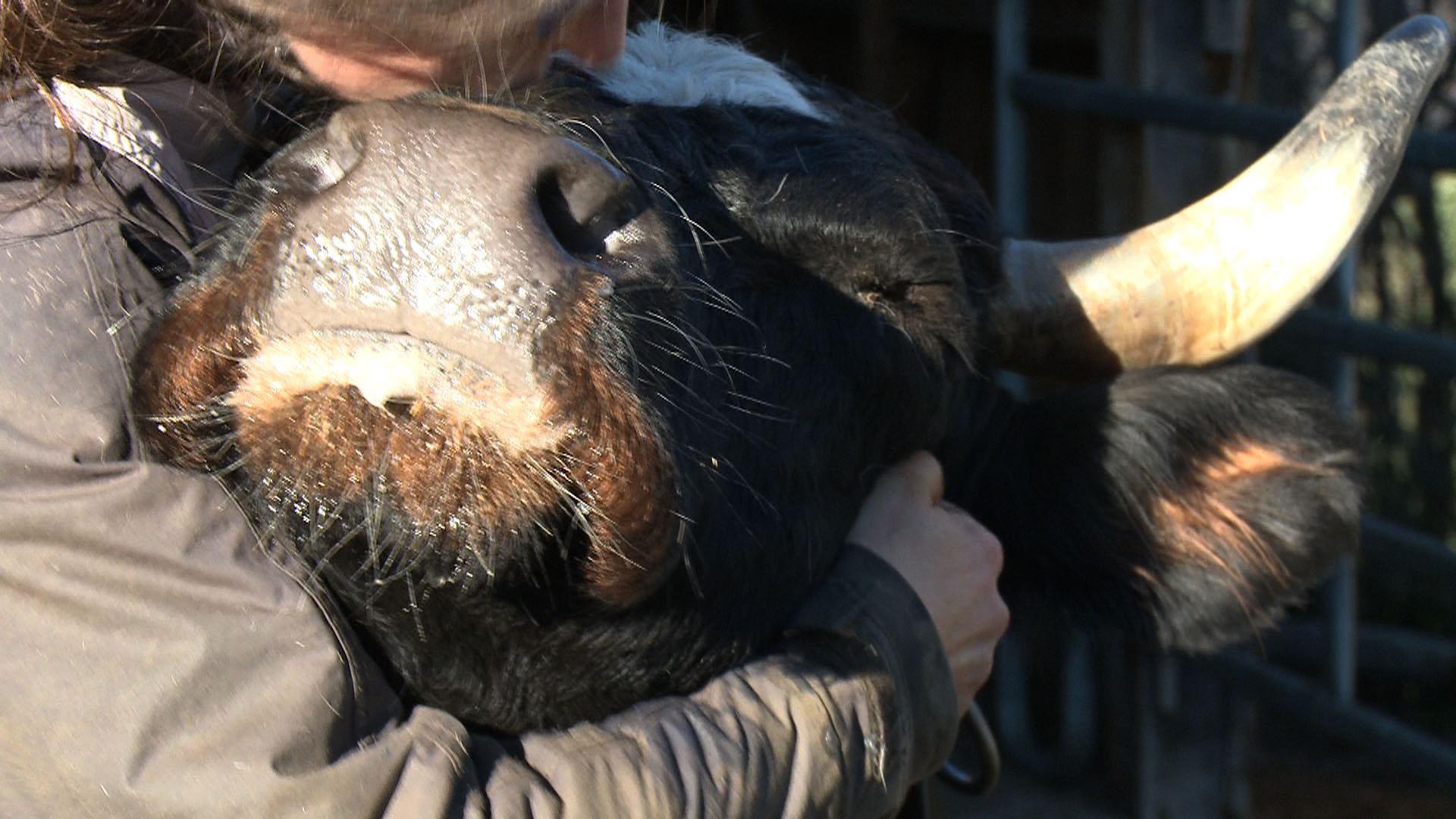
More
Ancient cattle breeds better adapted for climate change
Stettler says that despite their relatively small size – about 115-125 cm tall compared with 147 cm for an average Holstein – the Evolène are good milk producers, giving about 5,000 litres per year. That’s still less than the roughly 8,000-10,000 litres produced by the average Holstein in a good year, depending on their diet. But Holsteins also require more food to support their larger bodies, and are more susceptible to illness than the hardy Evolène.
An optimal breed
Marguerat says that Switzerland has made progress over the last decade in increasing rare breed population sizes and genetic diversity, and in strengthening conservation programmes and raising public awareness. But there is still work to be done.
“We need to develop emergency plans for endangered breeds in the case of epidemic outbreaks, and build up gene banks for sheep, rabbits and chickens. We need to encourage more breeders to take part in conservation programmes,” she says.
Marguerat adds that striking a balance between traditional genetic adaptations and modern productivity traits is essential for future livestock breeding programmes.
“An optimal breed is one that is well adapted to Swiss local conditions, able to feed mostly on grass, and able to produce high quality products.”
Marguerat and Joost are involved in a joint project between the agriculture ministry and EPFL called GENMONExternal link, due to be launched next year. The goal is to develop a monitoring tool for animal genetic resources in Switzerland.
“[GENMON] will allow breeding organisations and the government to evaluate the sustainability of breeding activities for Swiss breeds, and provide information on endangerment and population. It will also integrate socio-economic and environmental parameters,” says Marguerat.
Another key part of the GENMON project will be the addition of information related to global warming scenarios, as Joost and his colleagues emphasiseExternal link in their research that climate change will further compound the challenge of a growing world population by “testing resilience of global food production systems”.
According to the environment ministry’s biodiversity monitoring serviceExternal link, a handful of livestock breeds have been prevalent in Switzerland since the late 20th century. Today, the loss of more and more traditional breeds is compounded by the focus on a few modern, high-performance hybrids. Dwindling genetic diversity means that as populations of farm animals become more inbred and more uniform, they become less robust in the face of external threats – such as parasites or infectious diseases – because a pathogen that is deadly to one animal is more likely to be deadly to the others as well.

In compliance with the JTI standards
More: SWI swissinfo.ch certified by the Journalism Trust Initiative


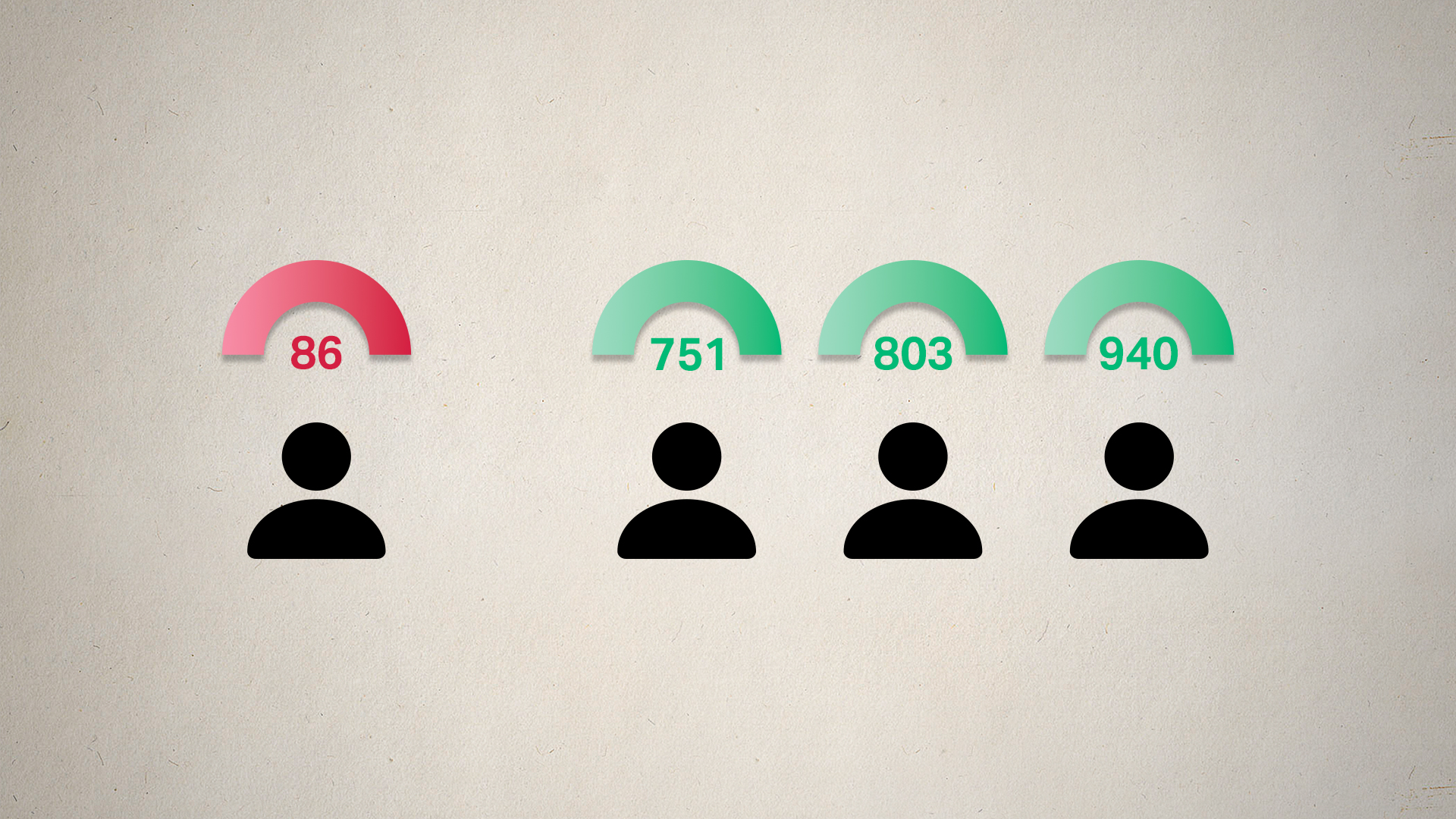




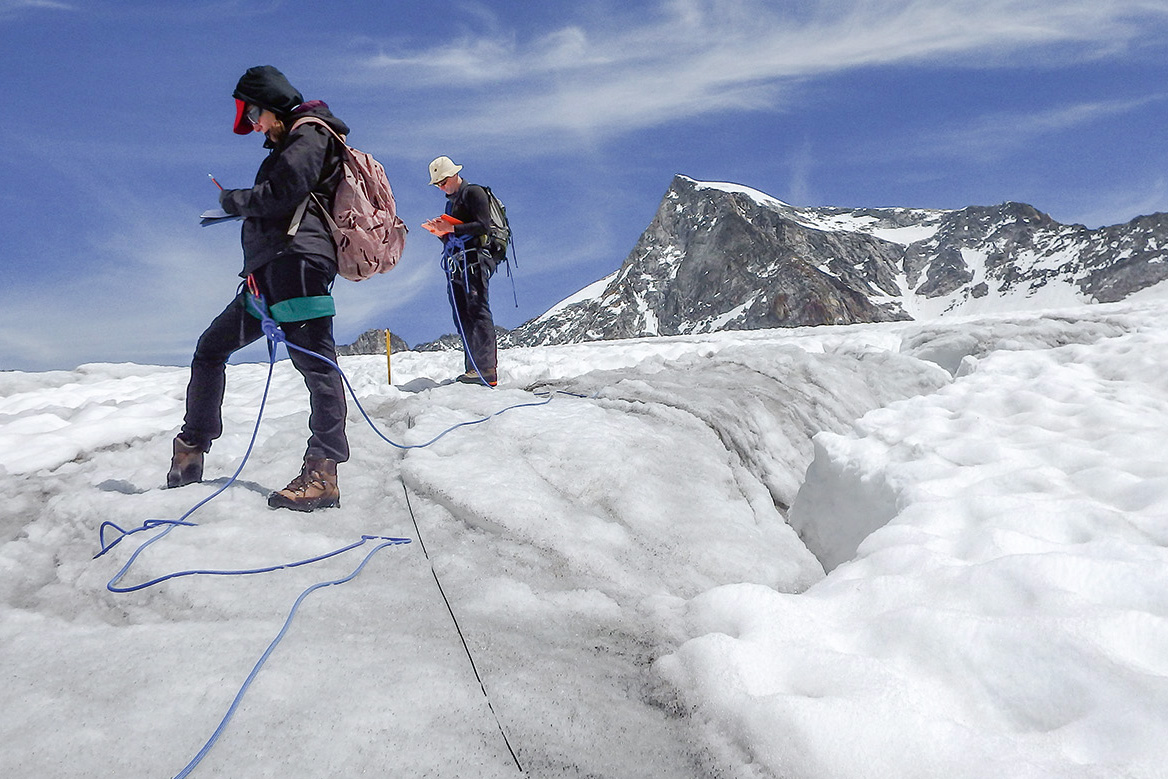



























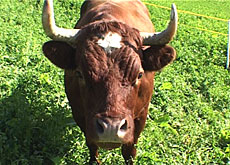
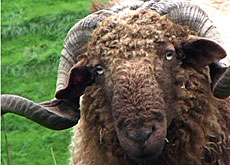
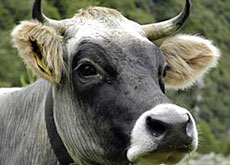

You can find an overview of ongoing debates with our journalists here . Please join us!
If you want to start a conversation about a topic raised in this article or want to report factual errors, email us at english@swissinfo.ch.